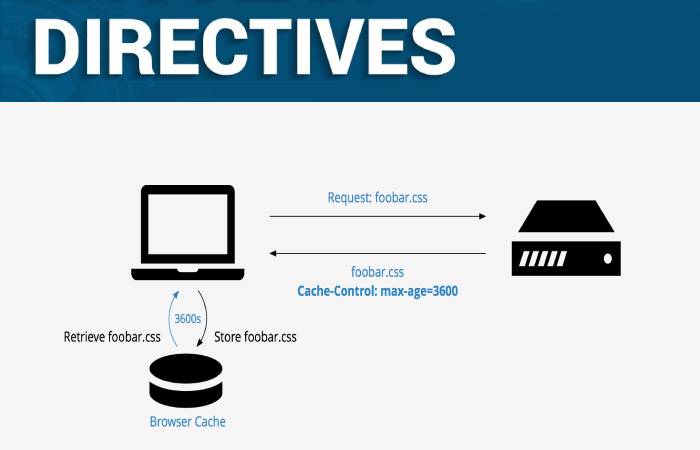

In some cases, a cache may deliver stale content based on the client’s configuration. must-revalidate - This forces a cache to validate the “freshness” of a resource before delivering it.An alternative in this case would be to use X-Accel-Expires. Nginx doesn’t honor this header, which means it doesn’t apply to some CDNs. s-maxage - The s-maxage header is identical to max-age except it’s designed specifically for proxies such as CDNs.(This header overrides the previously used “Expires” header.) When the max age is reached, the cache requests a new copy from the origin. max-age= (time in seconds) - This tells the cache how long to store a resource before it expires.Some of the more common Cache-Control values are listed below. These values are usually set by the origin server and interpreted by any caching mechanism that receives the resource, including the user’s browser. It consists of several values that define how a resource should be cached. The Cache-Control header determines many of the actual caching mechanisms. This header determines your cache hit ratio and is affected by your caching policy. If the resource was fetched from the origin server, the header reads MISS. X-Cache describes whether or not a resource was served from a CDN. Let’s go over two of the more relevant headers for CDNs: X-Cache and Cache-Control. This makes it easier to identify and troubleshoot problems that wouldn’t otherwise be apparent. In the context of CDNs, headers sent in response to a request from a user tells you about the performance and availability of a cacheable asset.

HTTP headers carry critical information about the delivery of HTTP objects. Familiarizing yourself with these headers will make test results more valuable to you as a CDN user. But before reviewing the tools, let’s go over the headers that are specific to CDNs and caching. Depending on your preferences and feature requirements, one tool will work better for you than another. While there are hundreds of tools available for generating HTTP responses, in this post we’ll cover those that are the most popular. This is where HTTP request tools come in handy. But to generate a response, first you need to send a request. Knowing what to look for in a response can help you optimize content delivery and troubleshoot CDN-related issues. Not only do they describe the resources being fetched, but they give insight into how those resources were delivered. HTTP headers can tell you a lot about the state of your CDN, web server and API. Following a flush, the request is answered again by the responsible DNS server, and the connection setup to the web project works as planned again.This post was originally posted on the MaxCDN Blog and has been updated with the latest HTTP request tools. Solve technical problems: A DNS flush can resolve technical problems when accessing web applications, e.g., if an incorrect version of the called website is displayed due to outdated entries.So-called DNS spoofin (or DNS cache poisoning) is intended to tap sensitive login data, for example, user details for online banking. Security against manipulation: If cybercriminals gain access to the DNS cache, they could manipulate entries and redirect you to fake websites.The more extensive the collection of cached addresses, the more you reveal about yourself. Hide search behavior: Recorded addresses including additional information such as validity period provide an approximate overview of your page history.There are three reasons for regularly setting the DNS register to zero with a DNS flush, regardless of the actual validity period of the individual records:


 0 kommentar(er)
0 kommentar(er)
